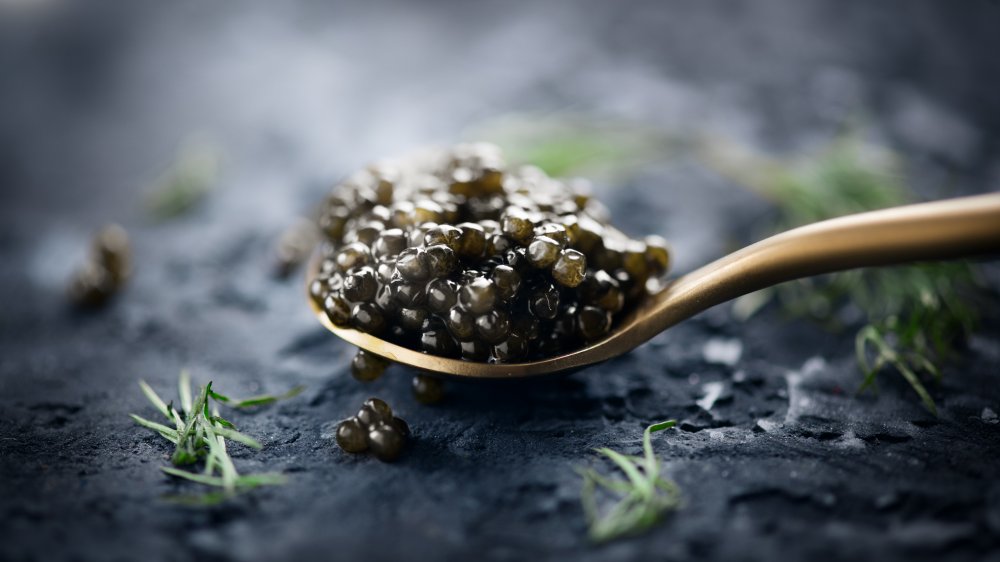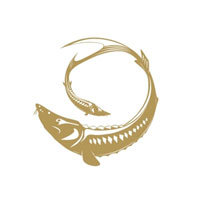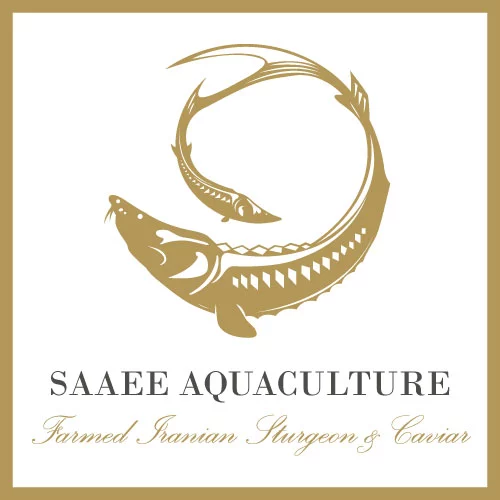
Caviar is roe from sturgeons. Historically, sturgeons were harvested in the Caspian Sea and their roe sold as caviar, mainly by Iran and other near countries. Caviar is considered one of the most expensive food in the world. The price of a specific caviar can generally be broken down into the following 5 cost factors.
Type of fish (Species scarcity / Availability)
These archaic giants of the water face numerous threats to their survival. Despite surviving on Earth for millions of years, sturgeon is now vulnerable to overfishing and interference in their natural habitat. According to IUCN, sturgeon is "more critically endangered than any other group of species". Several species of sturgeon are harvested for their roe, which is processed into the luxury food caviar.
The Convention on International Trade in Endangered Species of Wild Fauna and Flora (CITES) is an international agreement between governments aimed at ensuring that international trade in specimens of wild animals and plants does not threaten their survival. CITES consists of 18311 parties who all implemented the convention. CITES provides a legal framework for regulating international trade in species threatened or potentially threatened by that trade. All in all, rarity of sturgeon is one of the factors contribute to its high price.
Time it takes to produce roe (Maturation)
Sturgeon reproduces slowly, and many species require decades to reach maturity. Sturgeon do not spawn every year, and males and females often have different spawning and migration cycles, making reproduction even less certain.
Below there is a short description of the common sturgeon species used in caviar production and time for reaching maturity.
Siberian: in the wild, it takes 19-20 years for the species to reach maturity in northern Siberia and 11- 12 years in southern Siberian rivers (namely the Lena River). In captivity, the time for reaching maturity is 6-8 years. The species can spawn again after two or three years.
Beluga: maturity is reached after 19-22 years in the wild, with spawning occurring a minimum of five years later. In captivity, the species reaches maturity after 12 - 15 years, making it the most expensive sturgeon species to rear.
Starry: maturity in captivity is reached after 8 - 10 years. In the wild females mature with an average age of 9.7 years and rarely spawn more than three times in their lives 32.
Sterlet: matures faster than other sturgeon varieties. In the wild, males reach sexual maturity at an age of 3-6 years old, one to two years earlier than the females33 while in captivity maturity is reached after 4 - 5 years. Long period of breeding and rearing of surgeon species is another main factor affect the price of caviar.
Harvesting and processing
After harvesting the fish are rapidly stunned, and the two ovaries are removed by a process called “stripping” that extracts the caviar through an incision in the fish wall. Alternatively, the caviar can be extracted. The very fragile eggs are then chilled and gently removed by hand from the membrane by rubbing the eggs against a mesh screen. The eggs are next rinsed repeatedly with cold water to wash away impurities, broken eggs, and membrane residues. Additional removal of crushed eggs and impurities is achieved by manual removal. The pure eggs are then poured into a fine mesh colander to remove the water. Processing is costly and time consuming.
Quality of the salted roe (Grading)
Very fine salt is used in the process, and its addition is critical for optimal flavor and shelf life of the caviar. Caviar comes in several different grades, which refers to the quality of the caviar and determine the caviar price. types (breeds) of sturgeon, as well as even variations from individual traits such as size, color, firmness, flavor significantly affect the price of caviar. In the market, Grade 1, or A-Grade, is a title reserved only for roe that ideally satisfies the "norm" of that species. Grade 2, or B-Grade, tends to have smaller and softer beads than #1 product, which is why it is always cheaper.
Supply & demand (Sourcing & Popularity)
The rapid growth in caviar production has increased the competition in the international caviar market over the past decade.
Producers and exporters are also faced with competition in these markets, although the prices are affected to a lesser degree and remain at a higher level. From a yearly average export price of 538 EUR/kg in 2014, caviar price decreased by 22% to 422 EUR/kg in 2018. The price remained stable in 2019 and increased by 10% in 2020, but it remains to be seen if this was merely an effect of COVID- 19 or an underlying trend.
Many countries are increasing its focus on sustainability and increasing domestic consumption, there is hope that price pressure and competition for other producers may soften.
In 2020, the COVID-19 pandemic disrupted the market and forced producers to rethink their activities concerning both distribution and markets. How many of the recent changes will be permanent remains to be seen, but some trends are likely to last. The possibility of purchases directly from the producers assures consumers of the origin and quality of the caviar. As pandemic restrictions ease, demand from traditional outlets for caviar such as high-end restaurants and luxury travel is likely to pick up again.

